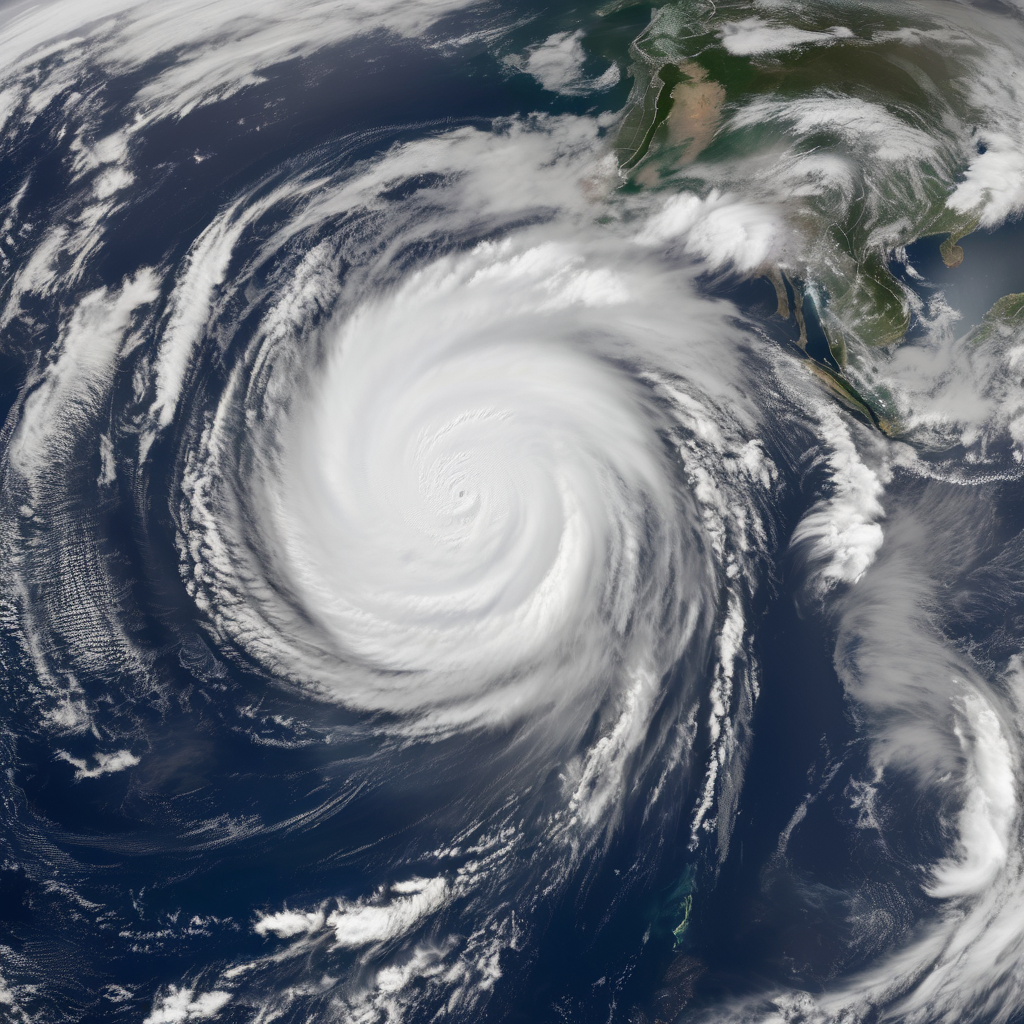President Ferdinand Marcos Jr. has directed the Philippines’ disaster response agency to remain on full alert and coordinate with all government agencies as Super Typhoon Ragasa threatens the northern region of the country. The typhoon has sparked storm alerts across East and Southeast Asia due to its powerful winds and potential for severe damage.
Ragasa made landfall on Calayan Island in Cagayan province, generating winds of 215 kph (134 mph) and gusts up to 295 kph (160 mph). The typhoon has increased the risk of storm surges, with waves potentially exceeding three meters (nine feet) according to the state weather agency. The Babuyan Islands are under a high-level storm warning, and residents have been advised to avoid coastal and riverbank areas.
Videos from disaster agencies have captured the intense winds and rain battering northern Cagayan province, resulting in large waves and violently swaying trees. Due to these conditions, the government has suspended work and classes across Metro Manila and substantial areas of Luzon. Warnings have been issued regarding potential power outages, landslides, floods, and dangerous sea conditions.
In response to the typhoon’s impact, several airlines have canceled around two dozen domestic flights, mainly affecting Luzon’s central hubs, and port authorities have halted ferry services.
Although Ragasa is not expected to make direct landfall in Taiwan, its outer bands are predicted to bring heavy rain to the island’s eastern coast, which has led Taiwan to issue land and sea warnings. Taiwan has canceled 146 domestic flights and evacuated over 900 residents from southern and eastern mountainous regions as a precaution.
In Vietnam, the defense ministry has instructed its forces to monitor the storm closely in preparation for a potential landfall later in the week. Meanwhile, Chinese authorities have implemented flood control measures in various southern provinces, warning of heavy rain starting Tuesday night.
In Hong Kong, while the airport will stay open, operations will be reduced significantly, as mentioned by Yeung Tat-wing, the director of service delivery at the Hong Kong Airport Authority. Cathay Pacific has announced the cancellation of about 500 flights due to the storm. Residents in Hong Kong began stockpiling essentials, forming long queues at supermarkets amid concerns about price hikes, particularly for products like vegetables and dairy.
In Macau and Zhuhai, preparations are underway for the storm’s potential impact, including school closures and planned evacuations. This proactive approach aims to minimize the damage and ensure public safety as communities across the region brace for the effects of Super Typhoon Ragasa.
The coordinated response by East and Southeast Asian countries underscores the region’s commitment to mitigating the risks posed by severe weather events. Such readiness highlights the importance of effective disaster management strategies and international cooperation in the face of increasingly frequent and intense natural disasters. The solidarity and preparedness exhibited serve as a testament to the resilience of the impacted communities.
